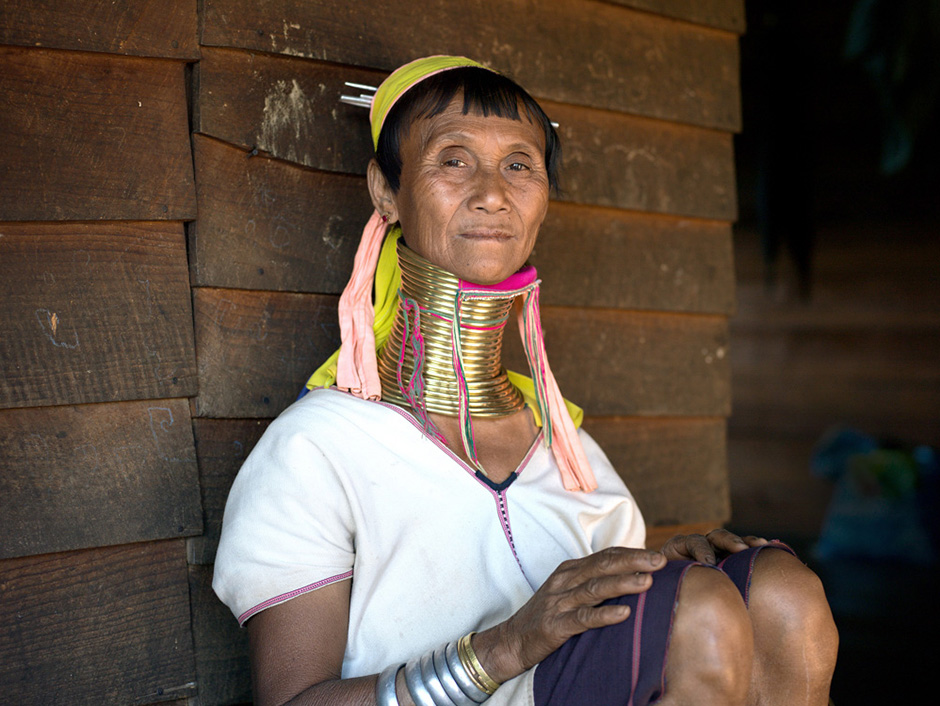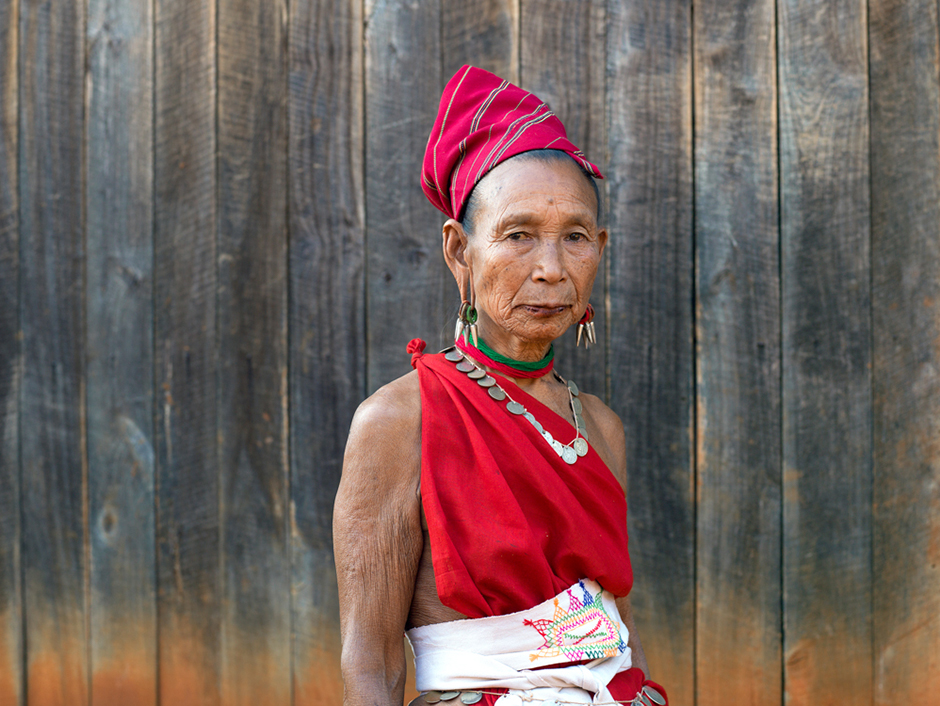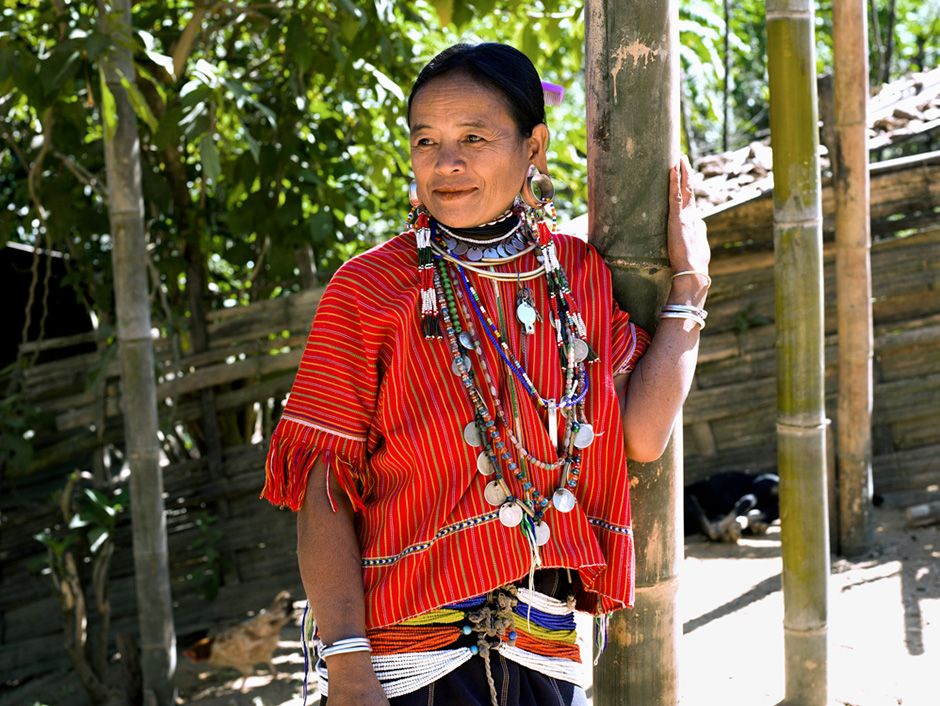Kayah State, Myanmar
By Tessa Bunney on 28 January 2016I spent last week exploring a small part of Kayah State (formerly known as Karenni), the smallest of Myanmar’s states bordering Thailand’s north western province of Mae Hong Son.
Until recently Kayah State was completely closed to foreigners but began slowly opening up in 2006 with areas only within a 25 km radius of Loikaw allowed, now it is also possible to visit some more remoter areas with a permit.
Decades of armed conflict between the Government and ethnic armed groups has left Myanmar strewn with landmines with Kayah State one of the most affected. In 2012 all of Kayah’s active major ethnic armed groups signed individual ceasefire agreements with the Government bringing hope for a lasting peace to enable landmine clearance to begin.
To see Dean Chapman’s photographs of the Karenni made between 1990 and 1997 click here.
According to NGO Burmalink, there are currently over 110,000 refugees residing in the Thailand-Burma border camps and more than 600,000 internally displaced persons (IDPs) living in Burma. Despite Burma’s opening up in recent years, very few displaced people have spontaneously returned home.
*
Myanmar is one of the most ethnically diverse countries in Southeast Asia with 135 different indigenous ethnic groups. While the name Karenni (‘Red Karen’) is taken from the brightly coloured clothing of the largest ethnic group, the Kayah, there are over a dozen ethnic Karenni subgroups that inhabit the region. Perhaps, the most well known of which are the Kayan (Padaung) due to the traditional practice of the Kayan women extending their necks with brass rings.

They look exotic but all the women I met were also friendly, funny and had plenty of stories to tell. They also hand weave all their own clothes.

